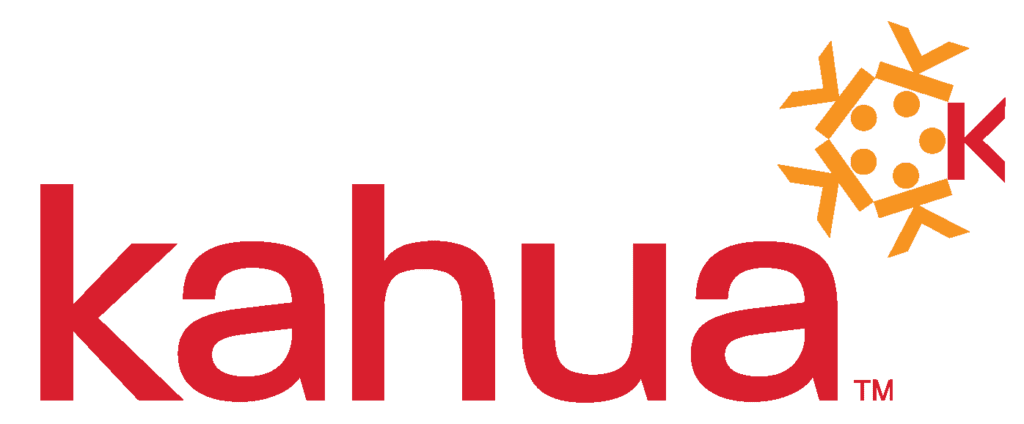The Complete Guide to Construction Management in Oil & Gas
This guide helps utilities construction project owners understand the complex regulatory, financial, and supply chain landscape.
It will also cover how digital technologies like asset-centric project management, real-time data and analytics, and AI-powered insights can improve project timelines, prevent scope creep, and increase return on investment (ROI).
The Unique Demands of Construction Management in Oil & Gas
Oil and gas construction projects have unique regulatory, environmental, and operational concerns due to their high value for consumers and sensitive sustainability concerns.
Balancing the engineering demands of the complex infrastructure with the oversight needs of the government during the construction phase can strain any construction project.
And these demands don't let up during normal plant operations. Kahua's project management information system (PMIS) can take oil and gas construction processes from planning through operations with analytic insight and full visibility.
Core Phases of Oil & Gas Construction Projects
Data integration across the five stages of an oil and gas project promotes safety, efficiency, and increased lifecycle value.
Projects that use these stages to define scope and track progress can react quickly to changing project needs, iterate on issues that arise, and react to evolving regulatory concerns. We outline each stage below.
Engineering and Design
During the engineering and design stage of an oil and gas construction project, the project leaders define the scope of the project and assess its feasibility in the planned location and under the existing regulatory standards.
The team lays out standards and objectives the plant will meet, assesses the risks the project may encounter, and analyzes the project's ability to reach regulatory compliance.
Digital modeling and simulation tools can help teams design projects to regulatory standards and assess the feasibility of the project's success.
These aids make potential environmental or engineering risks visible, allowing the team to react and correct errors before they happen and avoiding unnecessary resource loss.
Procurement and Supply Chain Management
Construction projects rely on dependencies — the foundation must be poured before the walls can go up, the walls precede the roof.
An oil and gas construction project compounds these dependencies with remote project sites and complex plant design. Increased procurement efficiency through optimized supplier selection, cost control, and logistics management can decrease overall spend and resources.
Supplier, cost, and logistics optimization are dynamic processes that require quick analysis of supply chain variables to manage. Location, product type and availability, transportation methods, and customer load can all affect supplier scheduling and cost.
A responsive construction plan can mitigate these risks quickly with other supplier, product, or transport options, whereas the failure to respond could cause disruptions that ripple out through the rest of the project.
Construction Execution and Quality Control
The dependencies and supply chain risks the team identified in the procurement and supply chain management stage become real threats to watch for and respond to during the construction execution phase.
At this point, human employees are on site handling materials and inevitably making mistakes.
Planning the construction around labor and safety concerns can feel complex enough. Add onto that the need to schedule permitting, supply drops, and compliance checks, and the project can quickly balloon.
Using the planning from the design and procurement stages of the process, the construction team should have a schedule outline.
And with automated project management tools that account for permitting and shipping times, manage team resources across projects, and respond to changes, the construction team can decrease project waste.
Regulatory Compliance and Environmental Stewardship
Between legal requirements and environmental stewardship best practices, an oil and gas construction project can feel restricted at best and stalled at worst.
Adhering to regulations for the preservation of land, water, and air along with noise pollution and worker safety can affect the speed of construction, while failure to comply with standards could put the organization at risk for fines and further delays.
Some key U.S. regulators commonly involved in oil and gas projects include:
Onshore:
- Bureau of Land Management
- Environmental Protection Agency
- Federal Energy Regulatory Commission
- Pipeline and Hazardous Materials Safety Administration
Offshore:
While there may be details of these regulations that work outside of best practices, following basic environmentally responsible practices, like sourcing and fixing leaks in pipelines or recycling water within the plant, help the organization adhere to regulatory standards.
Not only that, but they pose significant opportunities for cost savings in the short and long terms.
Digital Transformation: Modern Tools and Analytics
Digital solutions have raised oil and gas construction efficiency with solutions that can organize and analyze project tasks, costs, assets, and schedules in ways humans cannot.
- Digital models designed within building information modeling (BIM) software, for example, allow for quick changes to blueprints and can alert users to non-standard practices.
- Internet of Things (IoT) technology is vital in tracking supplies along a supply chain, letting the team reroute around weather events or pinpoint exactly when a shipment will show.
- Asset-centric project management software brings long-term facility management directly into the project planning conversation, allowing facilities and engineering teams to work cooperatively for the good of the organization.
- Analytics and automation within digital tools bring deep insight through data and streamlined operations.
Moving to a digital-first job site and putting real-time data to use within project tools can help decrease risk for the organization, increase safety, and improve schedule visibility and predictability.
All of these improvements combine to make a faster, safer, and more profitable oil and gas construction project.
Analytics for Project Optimization
Analytics are more than data visualization. They can help teams identify costly patterns within scheduling that might be fixed by re-routing, rescheduling, or using a different supplier.
Real-time data capture from digital assets means the team can set acceptable thresholds and react quickly to notifications of delays or changes. AI tools can analyze records to identify patterns ready for optimization across the organization, including improving quality and safety standards.
Project Production Management (PPM) in Oil & Gas
The Project Production Institute says that PPM project owners "can and should be calculating the appropriate level of inventory," but many fail to do so, bringing down their efficiency and, ultimately, the potential earning capacity of the project.
In order to optimize the ROI of any project, consider implementing these best practices:
- View each project as a series of production systems: Treat each construction project as a series of smaller projects that should be analyzed and scheduled to take advantage of iterative learning.
- Optimize inventory: Break the project down into daily segments, and calculate the optimal amount of inventory needed for that day's work.
- Optimize capacity: Implement a daily project cycle that compresses work and frees resources sooner to work on other parts of the project.
- Improve response times: Respond quickly to data and feedback from the job site and supply chain to quickly pivot and reduce risk.
PPM implemented in oil and gas construction projects requires responsive technology and real-time data to stay nimble and responsive to ever-changing conditions. Successful implementation can increase ROI.
Common Challenges and Solutions in Oil & Gas Construction Management
Challenges still abound for oil and gas construction projects, but technology and best practices have evolved to reduce the impact of these challenges and improve the work quality in general.
Permitting
The lack of on-time permitting can delay even the best-planned project, costing the organization every day. Precise research, planning, and automation can work together to ensure the proper permits are applied for within the scheduled work time.
Schedule Overruns
While not all scheduling problems can be avoided, responsive project management solutions can help teams reallocate resources, quickly follow up with suppliers, and shift schedules to reduce further delays.
Safety Incidents
Contractor management and technology adoption can significantly reduce the number and severity of safety incidents on the job site.
A project management tool with workforce management ensures only properly trained workers are scheduled to the site for any part of the construction plan.
These tools can also track incidents and notify the team when safety thresholds require the organization to find a new source of reliable and safe labor.
Supply Chain Disruption
Real-time location, weather, and supplier data within an asset-centric project management solution can optimize supply chains and reduce disruptions.
These tools combine scheduling data with supply chain metrics that help teams identify delays or disruptions days or weeks before they impact the build in progress, giving construction companies a chance to respond.
Take Control of Oil & Gas Construction Projects With Kahua
The complexity of the regulatory and engineering requirements for oil and gas construction projects makes them a rewarding challenge.
Asset-centric project management with real-time data and analytics simplifies scheduling, procurement, and decision-making and increases ROI.
Schedule a demo today to learn how Kahua energy and power project management software drives collaboration and analysis, brings down costs, and optimizes resources for successful oil and gas projects.


